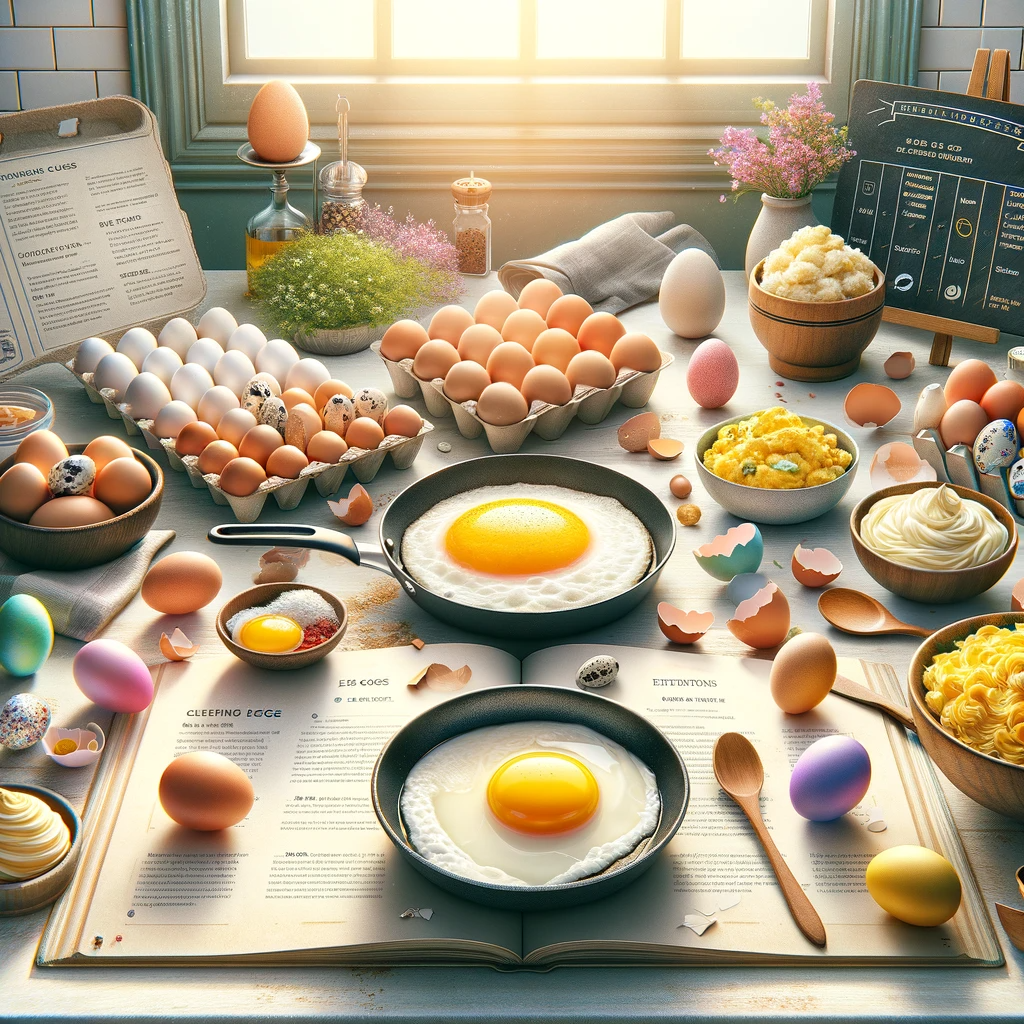When it comes to breakfast, few dishes are as comforting and delicious as a perfectly scrambled egg. Despite its simplicity, creating the ideal scrambled egg requires attention to detail and a few key techniques. In this article, we will delve into the art of making scrambled eggs that are fluffy, creamy, and bursting with flavor. Whether you’re a beginner or a seasoned chef, these tips will help you elevate your breakfast game.
The Ingredients: Start with Quality Eggs
The foundation of any great scrambled eggs recipe begins with high-quality eggs. Here’s what you need:
1. Fresh Eggs
Choose eggs that are as fresh as possible. Fresh eggs not only taste better but also have a firmer texture, making them easier to work with.
2. Free-Range or Pasture-Raised Eggs
Whenever possible, opt for free-range or pasture-raised eggs. They tend to have a richer flavor and brighter yolks due to the natural diet of the hens.
3. Dairy
- Milk or Cream: A small amount of milk or cream can be added to your scrambled eggs for extra creaminess. Whole milk or heavy cream works best.
- Butter: Butter adds flavor and a velvety texture to your eggs. Use unsalted butter to control the saltiness.
The Equipment: Gather Your Tools
Before you start cooking, make sure you have the right equipment on hand:
1. Non-Stick Skillet
A non-stick skillet prevents your eggs from sticking to the pan and makes for easy cleanup.
2. Whisk or Fork
A whisk or fork is essential for beating the eggs and incorporating air, resulting in fluffier scrambled eggs.
3. Rubber or Silicone Spatula
A spatula with a soft, heat-resistant edge allows you to gently stir the eggs without scratching the pan.
The Technique: Mastering the Method
Now that you have your ingredients and equipment ready, it’s time to focus on the cooking technique:
1. Crack the Eggs
Begin by cracking your eggs into a bowl. For a standard serving, use 2-3 eggs per person. Add a splash of milk or cream (about 1-2 tablespoons per egg) and a pinch of salt.
2. Whisk Gently
Whisk the eggs gently but thoroughly. You want to combine the yolks and whites without overmixing. Overmixing can lead to tough eggs.
3. Heat the Pan
Place your non-stick skillet over medium-low heat and add a generous pat of butter. Let it melt and coat the bottom of the pan evenly.
4. Pour and Stir
Pour the whisked eggs into the pan and let them cook undisturbed for a moment. Then, using your rubber spatula, gently stir and fold the eggs from the edges toward the center.
5. Control the Heat
Adjust the heat as needed to ensure slow and even cooking. Patience is key to achieving creamy scrambled eggs.
6. Remove from Heat
Once the eggs are almost set but still slightly runny, remove them from the heat. They will continue to cook from residual heat.
The Presentation: Serving Scrambled Eggs
1. Season to Taste
Season your scrambled eggs with salt and freshly ground black pepper. You can also add herbs, cheese, or other toppings of your choice.
2. Plate and Garnish
Transfer your perfectly scrambled eggs to a warm plate. Garnish with fresh herbs, a sprinkle of grated cheese, or a drizzle of hot sauce for added flavor and visual appeal.
Conclusion: The Perfect Scrambled Egg
Mastering the art of scrambled eggs may seem simple, but it’s all about the details. Start with quality eggs, gather the right equipment, and follow the proper technique. With practice, you’ll be able to create scrambled eggs that are a work of culinary art – creamy, flavorful, and utterly satisfying. Enjoy your breakfast masterpiece!
